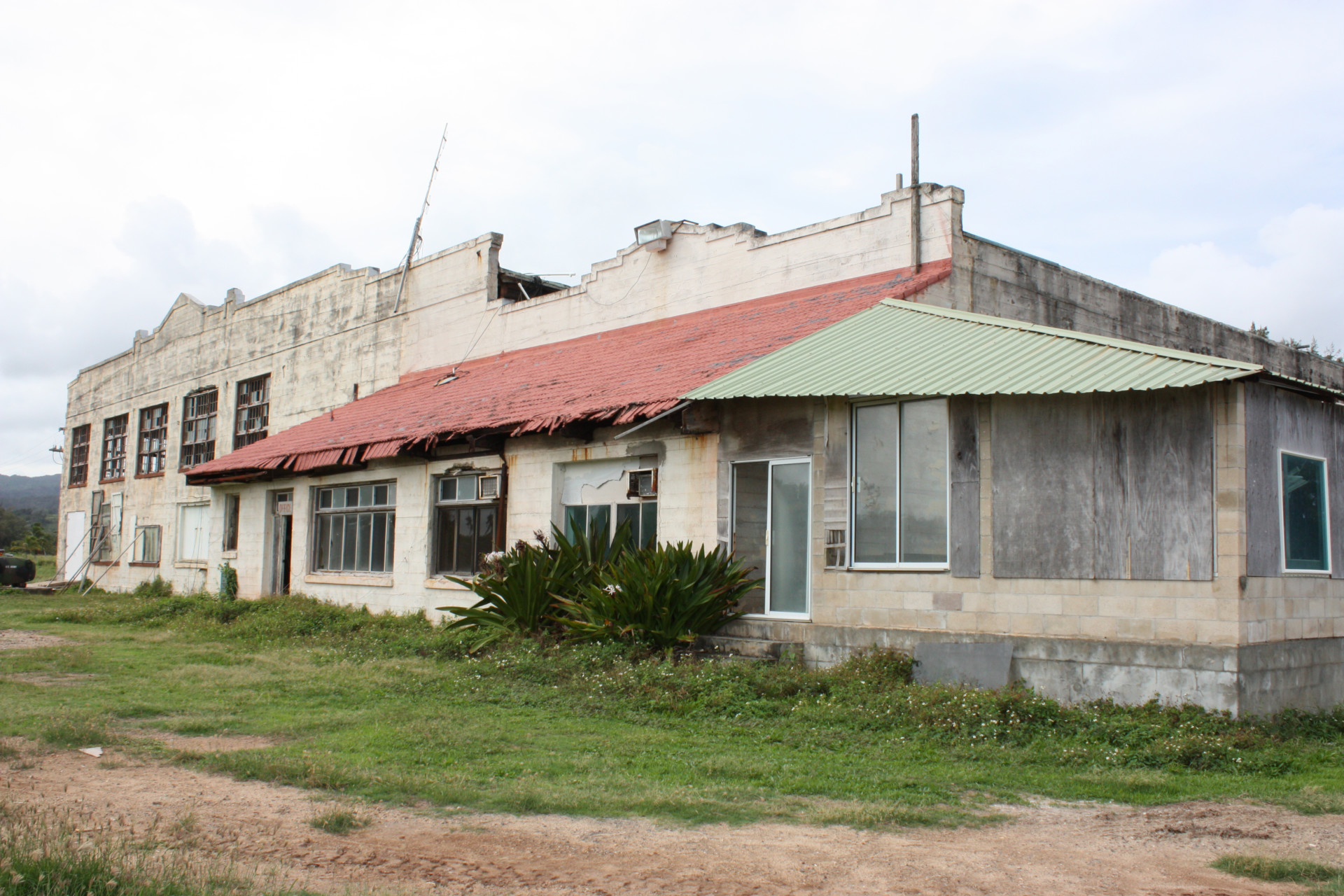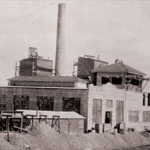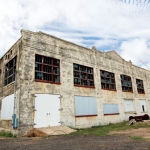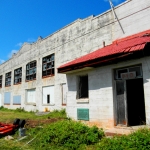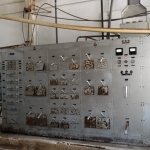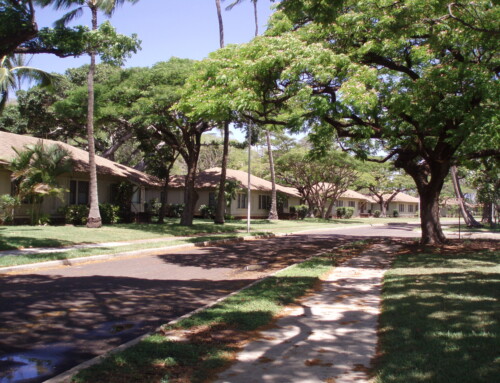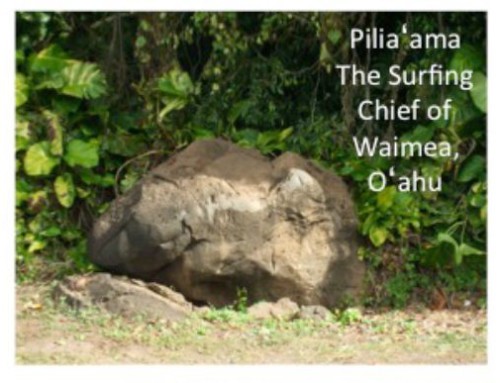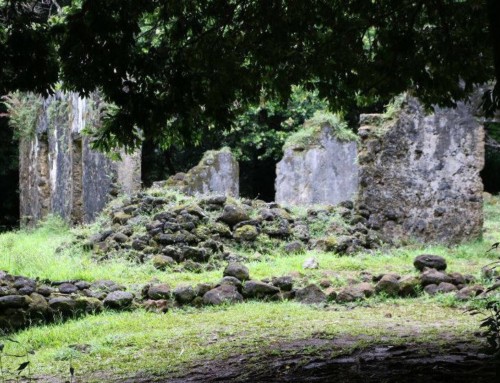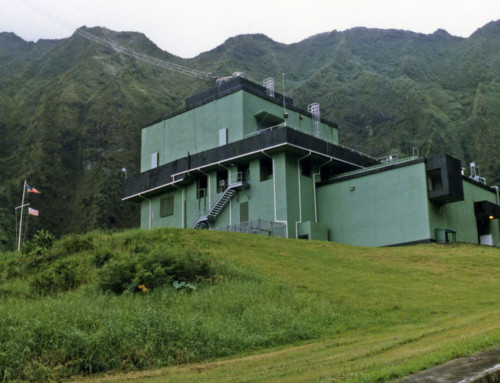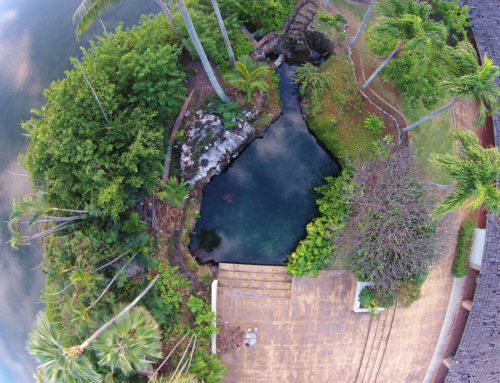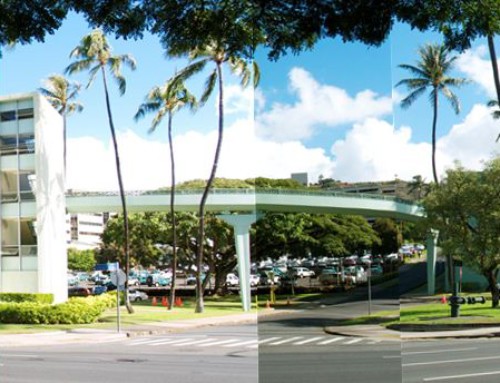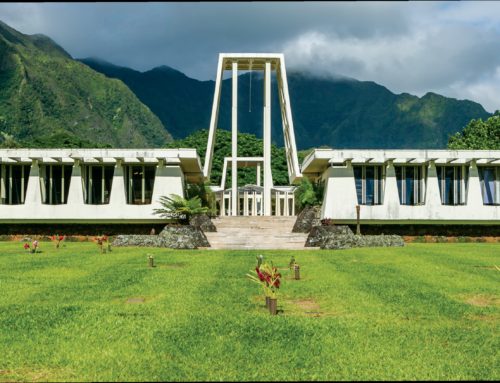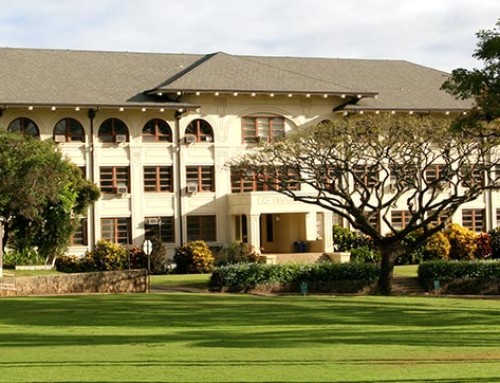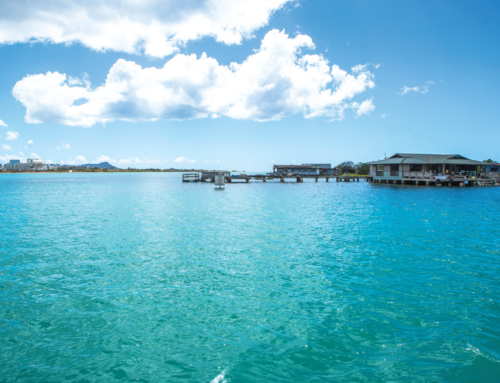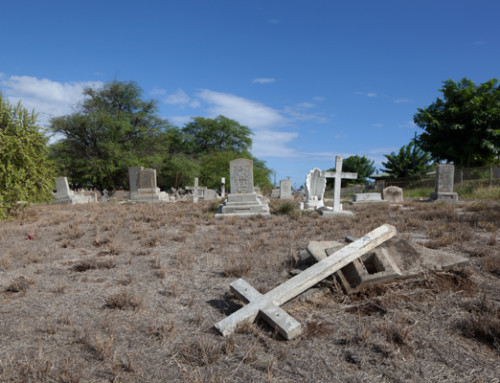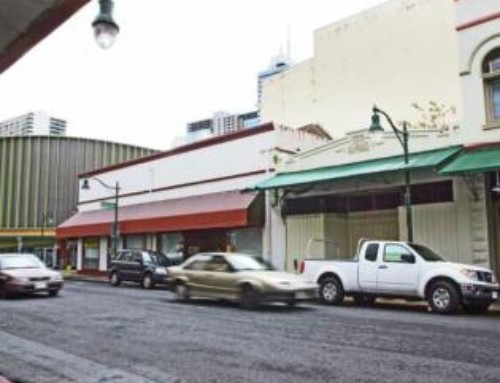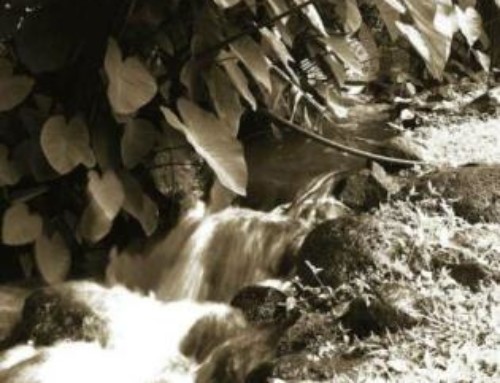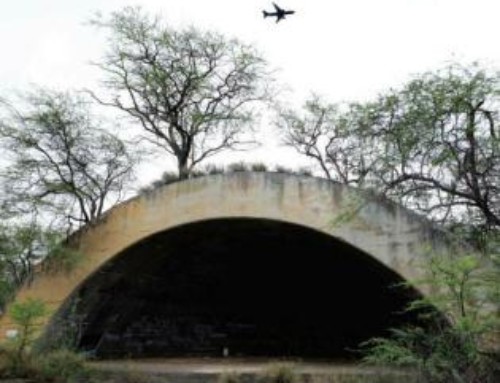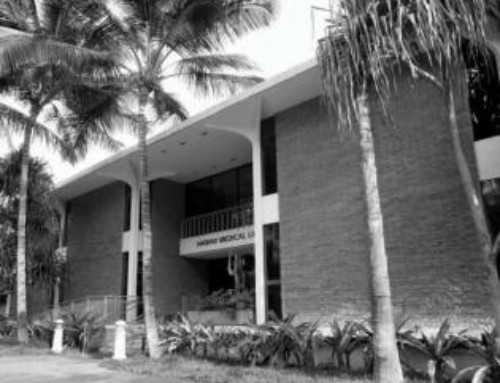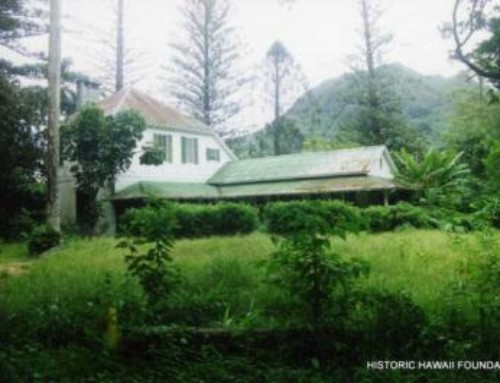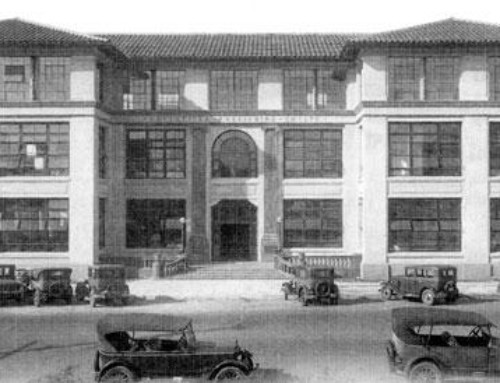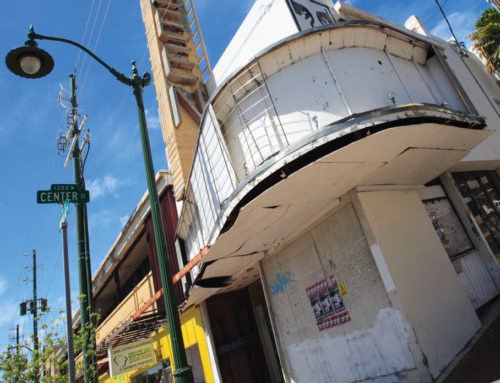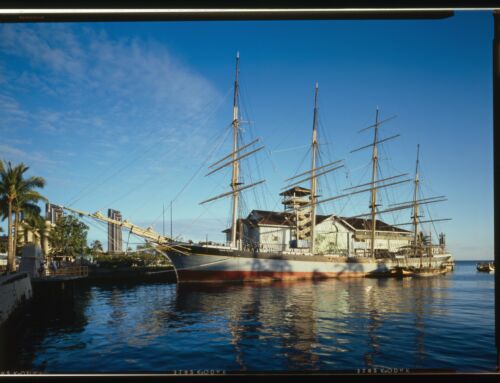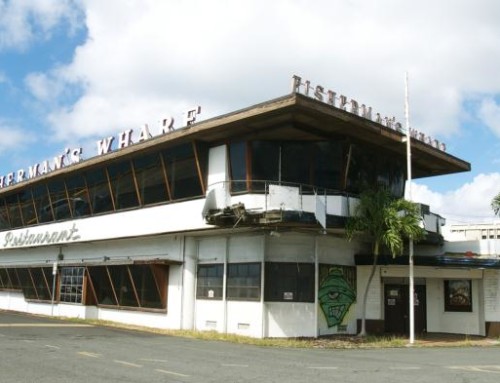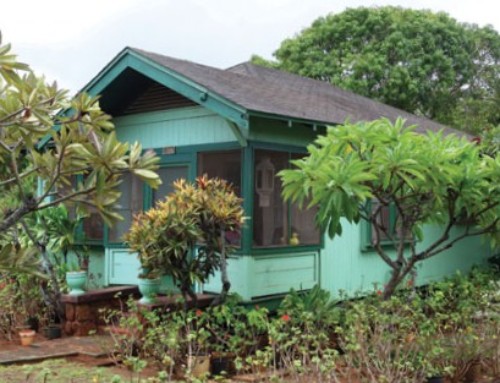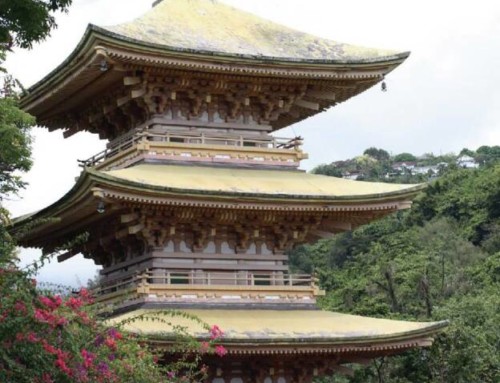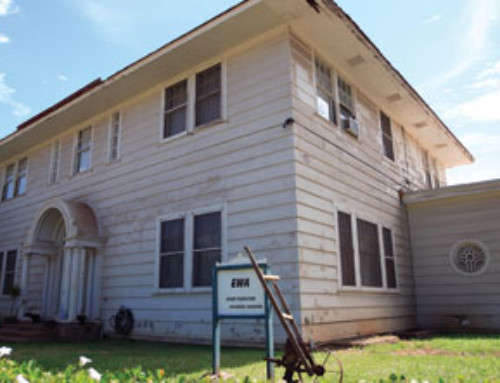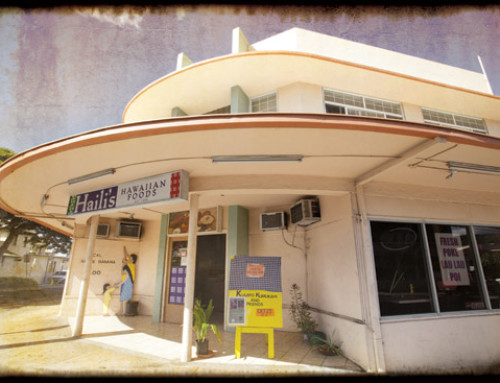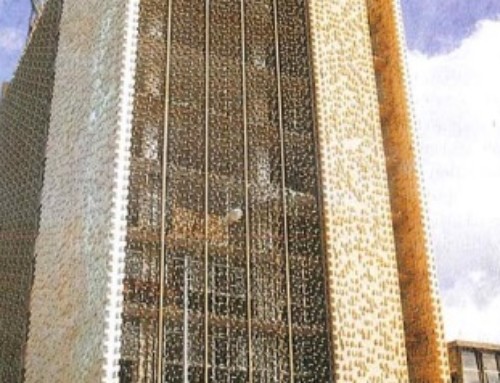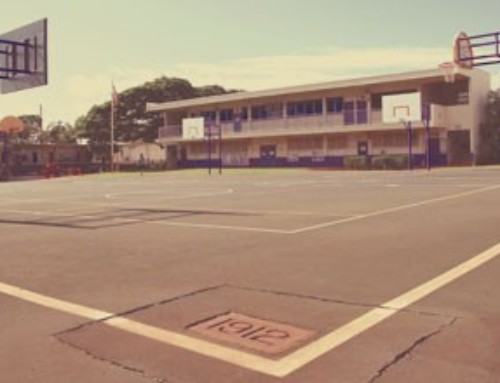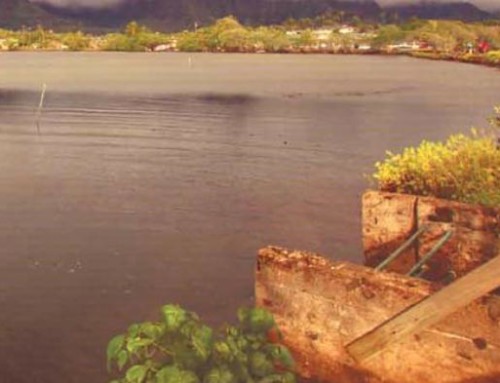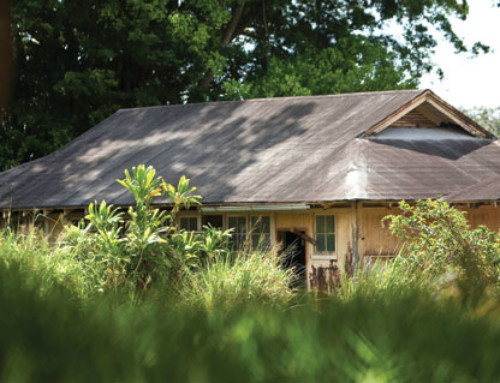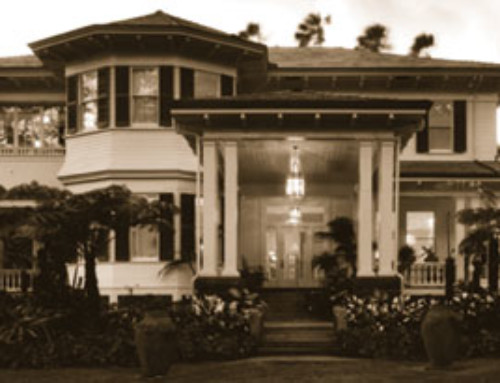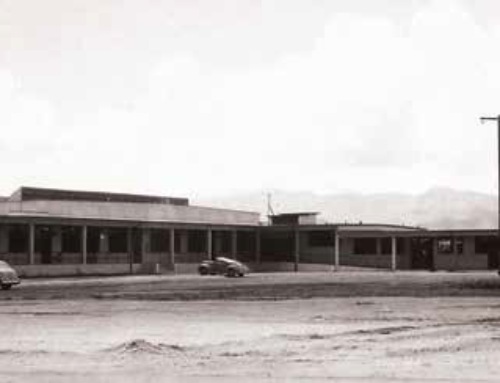Photos: Courtesy of Rae Huo; Hawaiian Collection, Hamilton Library at UH Manoa
UPDATE: 2015
Article Written By: Katrina Valcourt, HONOLULU Magazine
Not much has happened with this site, though owner Jeremy Henderson says they’ve done some minor cleanup to improve the view, secured the buildings for safety reasons and gotten the station onto both state and national historic registers (Marconi Nomination). “We’d still like to preserve the historic buildings,” Henderson says. “Next, we’re planning a market feasibility study” to determine the options for adaptive reuse.
Listed as Endangered in 2012
Article Written By: Kathryn Drury Wagner, HONOLULU Magazine
What is it?
On an oceanfront parcel of land in Kahuku, tucked between Turtle Bay’s golf course and shrimp farms, the Marconi Wireless Telegraph Station gives us a rare glimpse into telecommunications history. The station’s name refers to Guglielmo Marconi, who invited and commercialized a way to transmit Morse signals wirelessly across great distances. Hawai’i was at the forefront in the use of this technology, and when the Kahuku station was built in 1914, it was the largest wireless telegraph station in the world in terms of capacity and power. By 1916, there was regular telegraphic communications between Hawai’i and Japan, a distance of 4,200 miles.
The property was purchased by Marconi Point LLC in 2005, says owner Jeremy Henderson. It’s one of only two remaining telegraph stations in Hawai’i (the Koko Head station’s hotel building became Lunalilo’s Home in 1928), and one of only a handful in the country. Receiving stations in Marshall, Calif., and Belmar, N.J., also remain standing.
What threatens it?
Telegraph declined after Hawai’i was linked to the Mainland by undersea telephone cable in 1957 and, today, the buildings at Marconi station sit vacant and in disrepair. Until Henderson can come up with the right use for the property, the buildings will continue to deteriorate.
What can be done?
“I’d love for the Marconi buildings to be restored, preserved and approved for adaptive reuses, which would share the history while generating income from the property,” says Henderson. “I’d rather not demolish the buildings. I’ve spent a lot of time and money to try and save them.” Preservation architect Tonia Moy, of Fung Associates, says, “The large powerhouse building has an amazing industrial quality that would make great artist lofts or low-impact manufacturing, like hand-crafted surfboards or furniture. The site is amazing as well, with fantastic beachfront that would make a great place for the retreat. But anything that would keep the buildings intact and allow for the interpretation of the incredible history of the site would be wonderful.”


